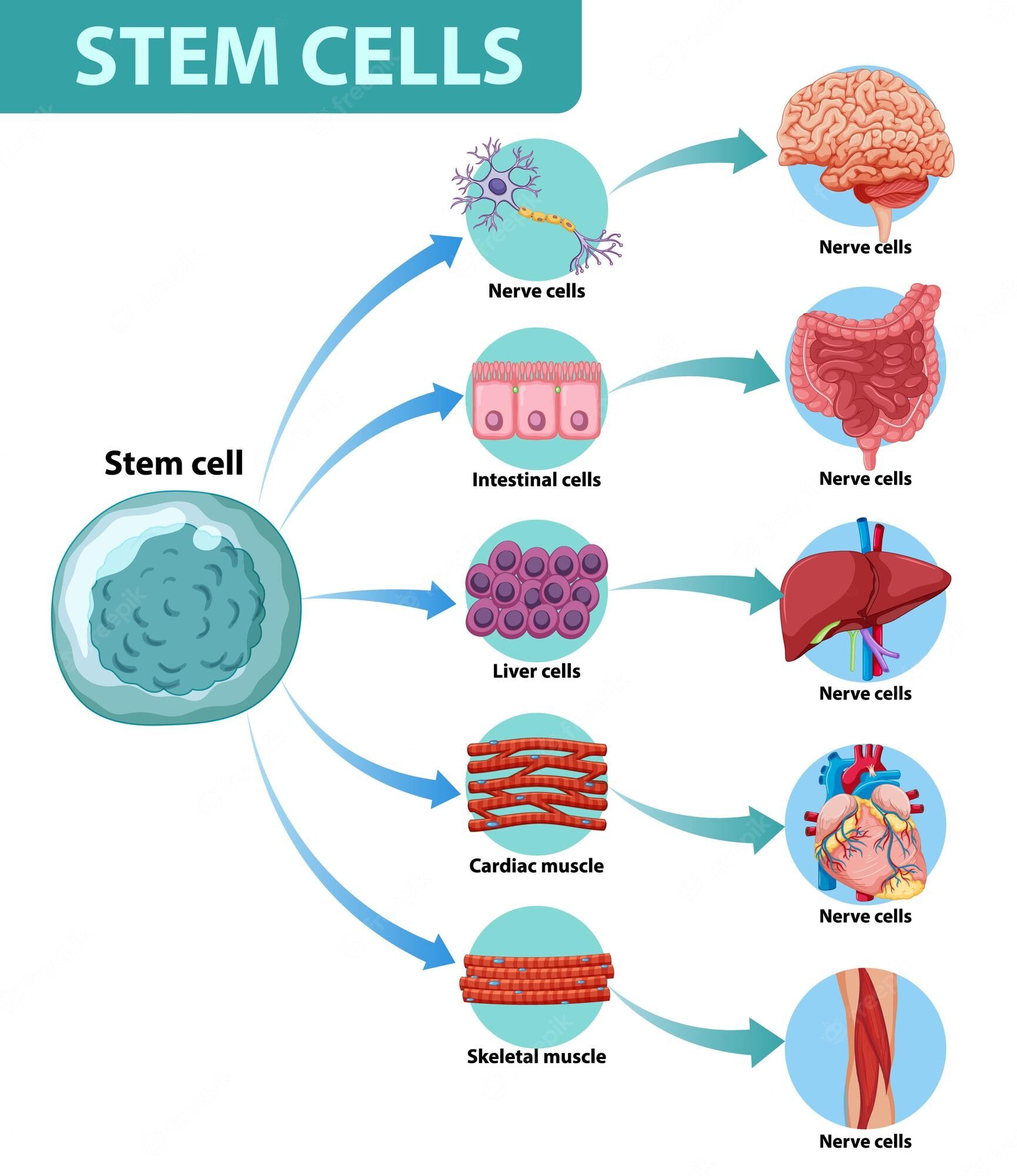
Image Source: FreeImages
Stem cell research is revolutionizing the way we understand and treat diseases. Stem cells are undifferentiated, meaning they have the ability to become any other kind of cell. With stem cell research, scientists are able to generate these cells from a variety of sources, including adult and fetal humans, animals, and plants. Stem cell research has enabled us to make significant breakthroughs in understanding how disease affects our bodies. These studies have led directly to several new medicines that target specific genetic mutations or other indicators for disease. Stem cell research also gives us insight into which genes are most important for regeneration and maintenance of healthy tissue throughout life. Here are some common discoveries in stem cell research so far:
Regenerative Medicine
A field of medical research that has seen tremendous growth since the 1990s is regenerative medicine. In this field, scientists are studying how to produce and direct the body’s natural growth to heal and regenerate tissues. This has led to the creation of engineered tissues that can be used to treat a variety of diseases and conditions, from diabetes to wounds healing poorly after surgery. It’s important to note that not all stem cells can be used for this purpose. Stem cells derived from embryos, for example, are not useful in regenerative medicine because they create every type of cell in the body, which is not what we want for these treatments. Stem cells derived from adult cells, however, have the ability to become specific types of cells. For example, skin stem cells can be used to grow new skin to treat burns or other skin conditions.
Organs-on-a-chip
The idea of creating a system that mirrors the human body has been with us since the invention of the computer. Today, we are closer than ever to this goal. Researchers have created miniature, three-dimensional systems that house living cells. These “organs-on-a-chip” are designed to mimic the conditions inside the human body. By studying these miniature systems, scientists can get a better understanding of how diseases progress, and test out new drugs and therapies without harming people. Scientists have created miniature versions of the liver, heart, kidney, and other organs, providing us with new ways to study diseases and understand how different treatments work. Researchers are currently working on creating miniature versions of the gastrointestinal and blood-flow systems, too. This work may benefit people with diabetes, infections, and other health conditions.
New Cancer Treatments
One of the most common diseases researchers have studied with stem cell research is cancer. Cancer starts when abnormal cells in the body grow uncontrollably, forming tumors. The disease is the second-leading cause of death in the U.S. Stem cell research has led to a greater understanding of how cancers grow and spread in the body. Scientists have discovered that many cancers have specific gene mutations. This has led to new approaches in cancer treatment, including the use of gene therapies that can be used to target cancer cells, destroying them without harming normal cells. Researchers are also studying the effectiveness of stem cells in treating cancer. Certain types of stem cells have been shown to have anti-cancer effects, helping to stall the growth of tumors.
New Research on Inflammatory Diseases
Another common disease that researchers are studying with stem cells is inflammatory diseases. This group of diseases includes rheumatoid arthritis, lupus, and other autoimmune diseases. In these diseases, the immune system mistakenly attacks and damages healthy tissue. Stem cell research has led to new ways of studying how these diseases work and new ways of treating them. Researchers have discovered that certain types of stem cells may help to control the immune system, preventing it from attacking healthy tissue. Other types of stem cells have been shown to help repair tissue damaged by inflammation. Scientists are also studying how gene mutations affect the cells involved in inflammatory diseases. This research may lead to new ways to treat these diseases, potentially replacing current treatments that often have severe side effects.
Conclusion
Stem cell research has proven that there are many ways to use stem cells to better understand and treat disease. Stem cells have proven to be a useful tool for researchers who are trying to create new treatments for diseases like cancer or inflammatory diseases. These cells have also led to new discoveries in regenerative medicine, enabling scientists to engineer tissues that can be used to treat disease and injury. Stem cell research is a young field, and many researchers believe we will see even greater discoveries in the coming years.



